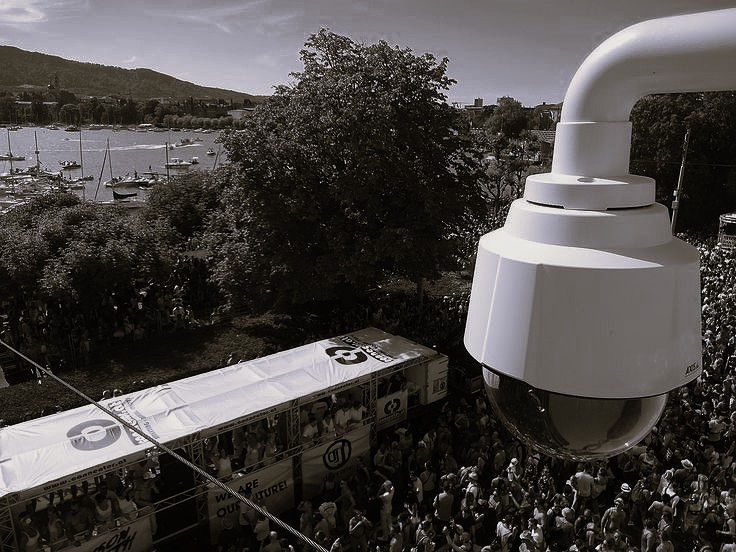Why Audio Visual Design Matters in Modern Conference Rooms
- PPSGroup
- Jun 3
- 2 min read
Updated: Jul 23
Modern conference rooms are more than just physical spaces; they're strategic hubs where decisions are made, ideas are shaped, and business relationships are built. In today’s fast-paced, competitive environment, audio visual (AV) design plays a pivotal role in enabling effective communication, delivering impactful presentations, and fostering seamless collaboration.

Enhancing Communication Clarity and Engagement
Professional AV design ensures that everyone in the room can clearly see visual content and hear discussions without difficulty, no matter where they're seated. When audio is muffled or visuals are hard to decipher, communication breaks down. Participants may struggle to engage, key messages can be lost, and productivity suffers.
High-quality display systems are essential for conveying the kind of complex content that defines modern business presentations - think intricate data visualizations, detailed financial reports, and multimedia materials. When visual information is presented clearly, participants can make better decisions and engage more meaningfully in discussions.
Supporting Hybrid and Remote Collaboration
As hybrid work models become the norm, the ability to connect in-person and remote participants is no longer optional; it’s essential. Conference rooms must now support inclusive collaboration experiences, where everyone, regardless of location, feels equally engaged.
Professional AV design ensures that integrated cameras, microphones, and display systems create a cohesive, high-quality experience for remote participants. By replicating the in-room dynamic, AV solutions foster real-time interaction and maintain the integrity of the meeting, no matter where attendees are joining from.
Creating Professional Brand Impressions
Conference rooms frequently host high-stakes meetings with clients, investors, and partners - settings where first impressions can directly influence outcomes. The AV experience in these moments reflects your organization’s professionalism and technical competence.
When meetings begin smoothly, without technical hiccups or delays, and when presentations run flawlessly with crisp visuals and clear audio, it conveys a sense of preparation and sophistication. A professionally designed AV setup eliminates the risk of technical missteps that can damage credibility during critical interactions.
Facilitating Complex Decision-Making Processes
Decision-making in today’s business environment often requires comparing multiple data sources, analysing large sets of information, and reviewing detailed reports. AV systems support these processes by allowing facilitators to display various content sources at once, transition smoothly between materials, and spotlight important data points as needed.
Interactive tools such as touch-enabled displays and wireless presentation systems encourage real-time collaboration. These technologies let participants annotate documents, explore data sets hands-on, and contribute more actively to problem-solving making meetings far more dynamic and productive than those relying on traditional presentation formats.
Adapting to Evolving Technology Standards
Technology is constantly advancing, and conference room AV systems must evolve accordingly. Modern AV design anticipates changes in software platforms, hardware devices, and communication protocols, ensuring long-term system flexibility and functionality.
Scalable solutions designed by AV professionals support current needs while accommodating future technologies - such as wireless connectivity improvements, mobile device integration, and cloud-based collaboration tools - without requiring costly overhauls.
Maximising Return on Investment
Investing in a professionally designed AV system yields tangible benefits. Enhanced communication, increased productivity, reduced travel expenses, and improved client engagement all contribute to a stronger return on investment.
A strategic approach to Audio Visual design helps organizations select solutions that balance performance with cost, ensuring that systems meet today’s needs while delivering measurable business value over time.





Comments